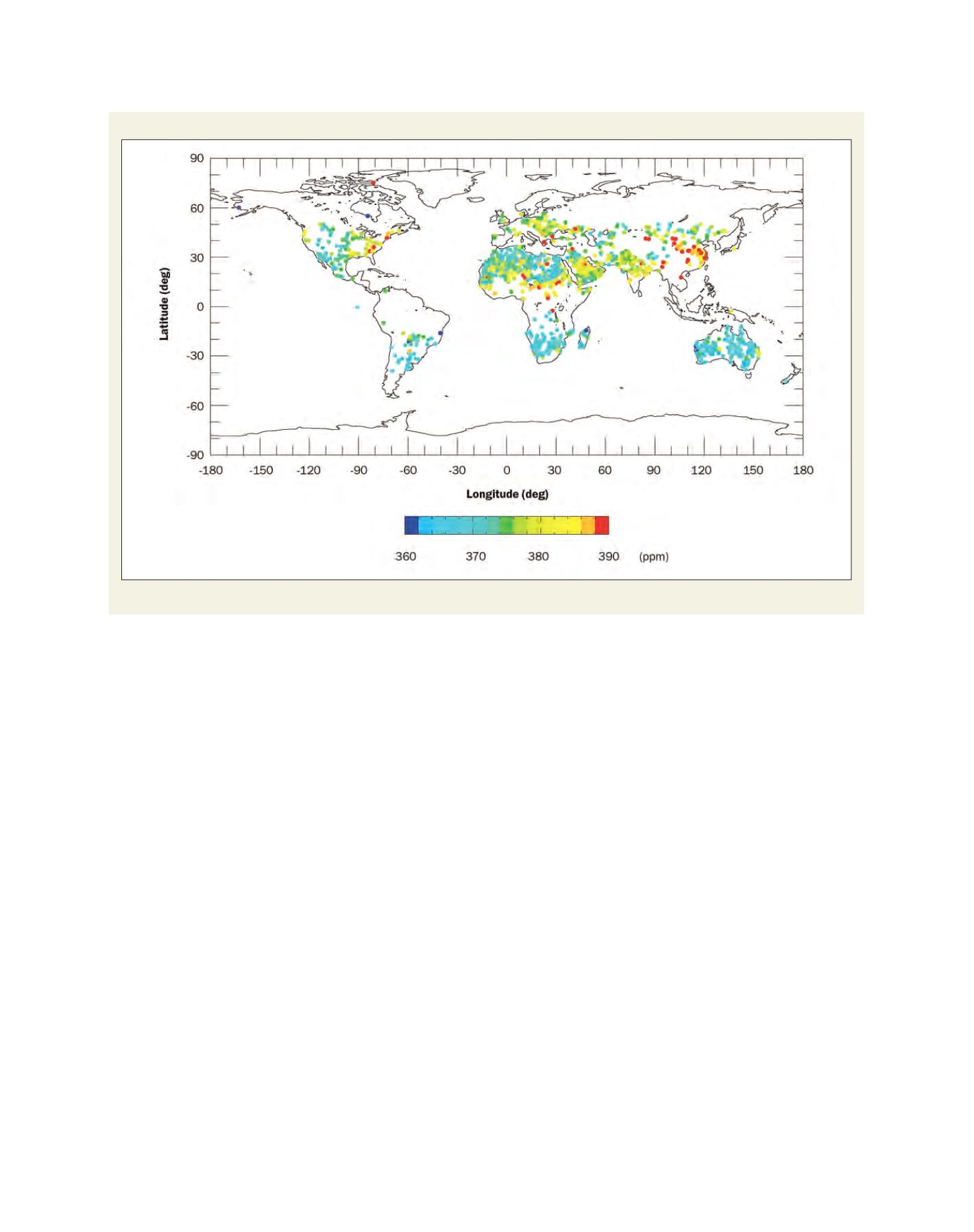

[
] 90
G
overnance
and
P
olicy
activities to this end, on both a domestic and interna-
tional scale.
Scientific guidance on adaptation framework
Even in developed countries, observational data and
research results clearly show that various phenom-
ena are rapidly emerging as a result of climate change.
Because of this, public awareness of the necessity of
adaptation is growing rapidly. With this background,
MOEJ published a study report entitled Wise Adaptation
to Climate Change in June 2008.
4
This report assessed
climate change impacts in Japan and presented basic
principles for developing adaptation strategies. The
study proposes a series of scientifically-informed
precautionary actions including: the maximum use of
state-of-the-art regional vulnerability assessments; the
combining of various local adaptation options; and the
incorporation of future changes in temperature, rain-
fall and sea level into designing adaptation measures
in advance.
Integrated scientific information for adaptation
The IPCC’s Fourth Assessment Report provides a
global and regional perspective of climate change and
its impacts to various sectors. However, specific infor-
mation at a national level is essential to examine the
necessity and extent of concrete adaptation measures
forest ecosystems, coastal zones and disaster prevention. The latest
outcomes include the monetization of incremental damages in
selected sectors toward the end of the 21st century under different
stabilization scenarios including: 450 ppm-CO
2
eq, 550 ppm-CO
2
eq
and BAU. The results are expected to contribute to the formulation
of national and local adaptation strategies and plans.
The impacts of climate change are especially severe in highly
vulnerable developing countries. Various impacts are predicted in
the Asia-Pacific region including: increased floods caused by glacier
melts; increased risk of food shortage; increased floods affecting
coastal mega-cities; and decreased land area of small islands due to
sea-level rise. In order to address these impacts, Japan is facilitating
support for and cooperation with developing countries. One such
initiative includes international research cooperation on global envi-
ronmental change in the Asia-Pacific region to enhance developing
countries’ research capacity. To this end, MOEJ took the lead in
establishing an Asia-Pacific Network for Global Change Research
(APN)
3
in 1996, which now has the participation of 21 countries,
including 15 developing countries. MOEJ, together with Hyogo
Prefectural Government, is committed to the further development
of the APN. By increased support for enhancing scientific capacity
through the APN, Japan is ready to take a leading role to facilitate
regional climate change assessments and local adaptation actions.
A big challenge ahead of us is how we can formulate and imple-
ment effective adaptation strategies and measures based on scientific
data and information obtained via earth observation and global envi-
ronmental research. Following are some of the highlights of MOEJ
Initial analysis of CO
2
concentrations measured by GOSAT
Column averaged dry air mole fraction derived from uncalibrated nine-day data
Source: JAXA/NIES/MOEJ
















